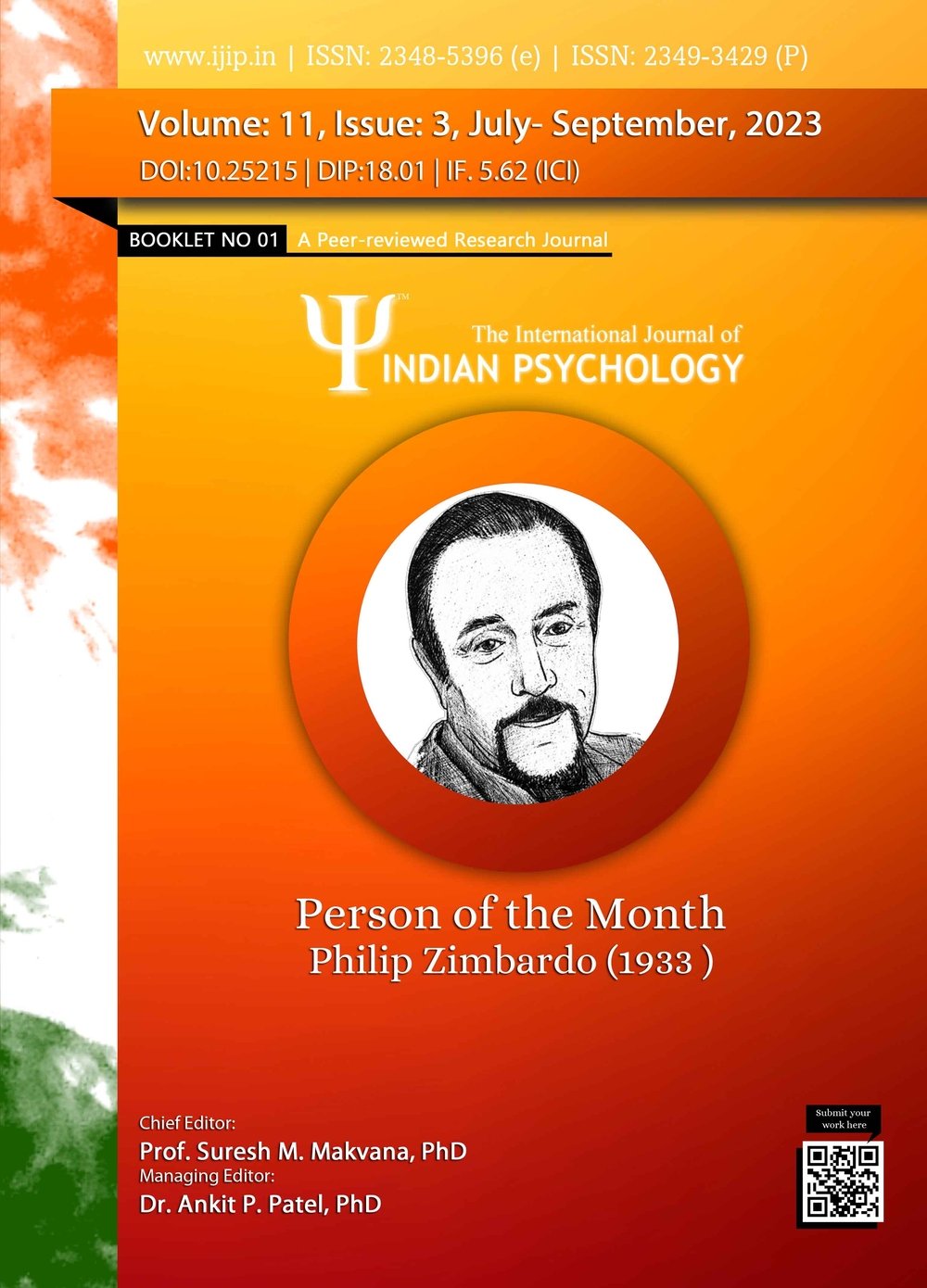Fear of Corona and Psychological Distress among Teachers after Returning to Teaching under the Corona Pandemic
DOI:
https://doi.org/10.25215/1103.005Keywords:
Fear of Corona, Psychological Distress, Depression, Stress, AnxietyAbstract
Many previous studies referred to the psychological effects of the spread of the Corona virus, and among these effects were the fear of the corona virus and the psychological distress of teachers after returning to teaching. The present study aims to uncover the level of fear of Corona, the psychological distress, and the relationship between the two of them among the teachers after their return to face- to- face teaching in Palestinian society. This study is considered one of the few studies that were applied to Palestinian teachers. The study was applied to a sample consisting of 309 Palestinian teachers who were chosen by the simple random sample method. The measure of fear of Corona (Mahamid et al., 2022) and the measure of psychological distress are the DASS-21 (Lovibond & Lovibond, 1995). The study showed that the level of fear of Corona and psychological distress was at a low level. The study also showed that there is a positive relationship between fear of Corona and psychological distress among the teachers. The study revealed the existence of a positive relationship between fear of Corona and psychological distress. Therefore, it is necessary to reinforce the non-knowledge skills of the teachers, such as flexibility and emotional adaptation, to reinforce their psychological immunity and protect them from the negative effects of the phenomena of fear and psychological distress.Metrics
No metrics found.
Published
2022-11-05
How to Cite
Dr. Rihab Alsadi. (2022). Fear of Corona and Psychological Distress among Teachers after Returning to Teaching under the Corona Pandemic. International Journal of Indian Psychȯlogy, 11(3). https://doi.org/10.25215/1103.005
Issue
Section
Articles


